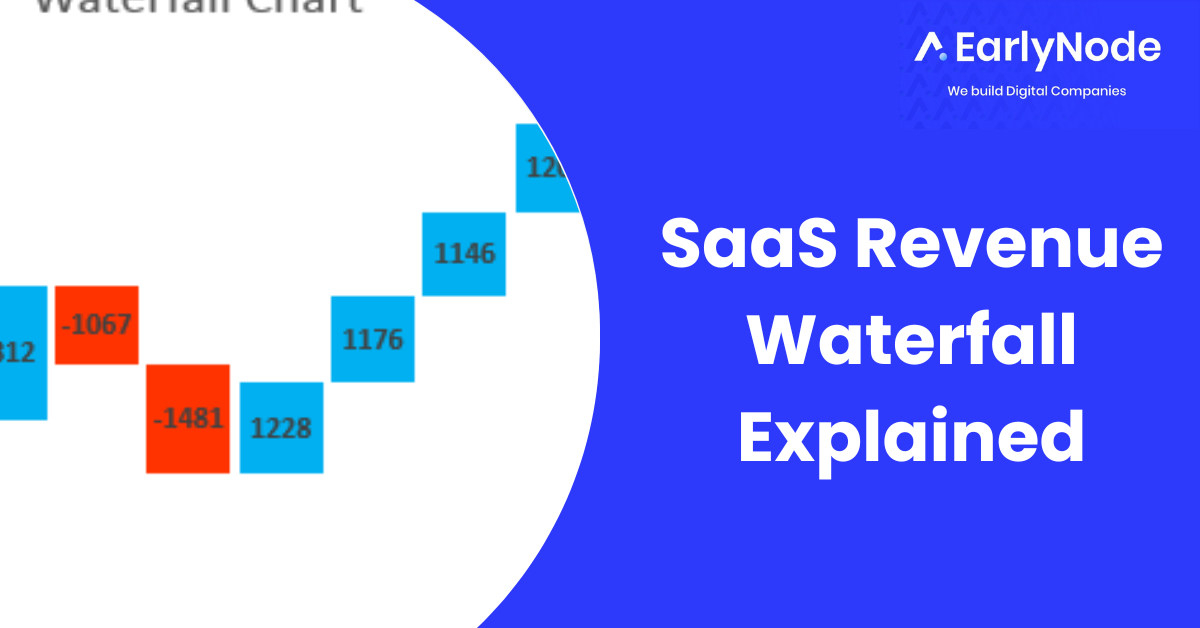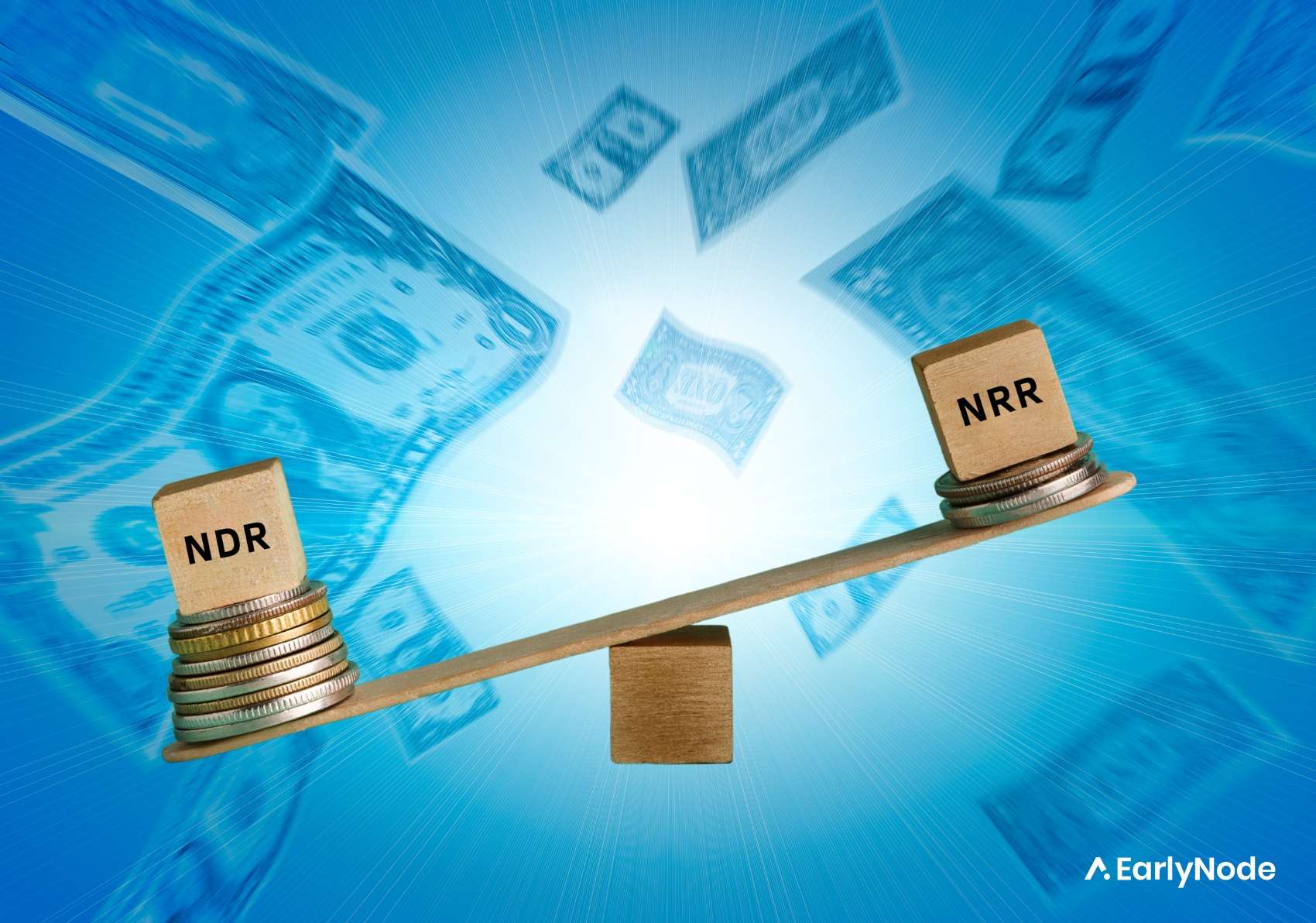What is the AARRR framework?

The AARRR framework is a set of five metrics that SaaS companies should monitor for product-led growth. It’s an acronym meaning Acquisition, Activation Retention, Referral, Revenue – it helps you understand your customer journey and user behavior, so you can know what to do at each stage to convert potential customers into paying ones!
The framework helps you understand your customer journey and what to do at each stage to convert more people into paying subscribers.
Who Created AARRR and Why?
In this era of social media, you can easily be fooled by ‘likes’ and ‘retweets.’ But these vanity metrics don’t tell you a real story of whether or not people are excited about your startup. That’s why Silicon Valley investor and 500 Startups founder Dave McClure invented the AARRR framework. He did it for two reasons; first, to show startups the important metrics they need to track so they focus their energies on getting good numbers that boost the company’s growth.
Secondly, it was to help those firms with more accurate data to measure how successful their marketing strategies and product management techniques are. If they aren’t working, they can iterate with more efficient methods. So this is a term a lot of product managers and marketing teams are familiar with
Fun fact: Dave calls his AARRR framework the “Pirate Metrics” for an amusing reason (imagine how a pissed-off pirate will growl in anger)
Now let’s break down the framework:
Acquisition
What are the ways through which people discover your product? Where do you see your customers coming from? This stage focus on the channels through which people find you. There are many ways to reach your customers, but figuring out where they hang out is half the battle.
For example, what social media platforms can you use to reach them? Facebook Groups? TikTok? LinkedIn ads? Or you can leverage blog articles so they can discover you through SEO. Now, this is a top-of-the-funnel metric. Go for the numbers. The more customers in your funnel, the higher the number likely to interact with you and the higher your chances of convincing them to try your product.
Activation
Now your prospects know your brand. What are they doing when they interact with your business? You want your visitors to take the next step: trying your product or service.
The way to do that is to guide your customer to ‘activation.’ That’s where intentionally monitor and guide the actions of the customers who land on your website or app from your acquisition channels to sign up, test a free trial or answer some other CTA.
For example, did they spend significant time on your homepage after landing on it? Did they visit other pages? You can redirect them to a landing page where they can create a new account. Some metrics worth monitoring include the following:
- Newsletter subscribers
- Free trial subscribers
- Paying users
Retention
You wanted your visitors to take action and try out the product or service you’re offering, right? Now they’ve done just that – either signed up for your free trial or are paying clients. But you want them to keep coming back; that’s objective #1 for any SaaS product.
Have you observed that any new customers are not sticking around? Which means you’re losing money. How many of the new users renewed their subscriptions? Consistently recording low retention numbers means customers are probably not that interested in your product or don’t understand it well.
Two things can help you improve your customer retention:
- Create a sticky product
- Create a solid onboarding experience to create more activated users.
Once your customer is exposed to the actual value of your product (we call it the ‘Aha moment’), mission accomplished. For example, you can send emails to guide users to complete their first task. Videos and interactive walkthroughs also help users get activated.
Retention metrics you can track:
- How many free trial users signed up at the end of the trial period?
- How many times a user logged into your app over a period
- Email open rates
Referral
This measures how many users are recommending your service to their friends. Happy customers are likely to bring more customers to you. Getting a lot of word-of-mouth referrals is the most vital sign that your business is on the right path. It shows you’ve successfully built a sticky product. You get free advertising and, of course, more money in the bank.
Some Referral metrics to measure are
- Participation (the number of participants in your referral contests)
- Share rate and frequency (Retweets, post shares, mentions, etc.)
- Referral conversion (number of their referrals that converted after responding)
Revenue
Unless your startup is a charity organization, you are in business for the money. And your money is in the pockets of your paying customers. How many are willing to pay for the app after the free trial? Are they hesitant about the price? Have you been able to convince them that the value of your product or service is worth the money?
You should find a way to generate revenue from users. But customers will pay for a product that they’re convinced about. For example, how many top-tier packages do you sell each month? What about add-ons? Try taking advantage of cross-sells and upsells.
Some revenue metrics include:
- Monthly recurring revenue
- Annual recurring revenue
- Revenue churn
- Net dollar retention
Examples of AARRR metrics
You don’t need to be rigid when tracking AARRR metrics. Some metrics could be more important than others, depending on the company, goals, and industry. We compiled a list of metrics to give you an idea of which categories they belong to:
Acquisition
- Impressions from Paid ads
- SEO / organic search results
- Social media shares (LinkedIn, Facebook, etc.).
- Mobile app downloads from the App store
Activation
- Length of time on a website
- Free trial signups
- other site pages visited
- Subscribing to your email newsletter
Retention
- Repeat visits to your website
- Number of sign-ins
- Email open rate
- Subscription renewals
Referral
- Referral programs signups
- Sharing your brand on Twitter, LinkedIn, etc.
- Brand mentions (like tweets etc.)
Revenue
- Achieving a set minimum revenue per customer
- Reaching break-even point for total revenue
- Getting the right LTV:CAC Ratio
- Monthly or Annual Recurring Revenue (MRR/ARR)
These are just a few of the metrics in the AARRR framework to measure in your company.
How do you use the AARRR framework?
The goal of the AARRR framework isn’t to provide a step-by-step procedure. It’s to give you an idea of what metrics to measure and optimize to track the health of your business. But there are general guidelines on how to utilize the framework:
- First, choose which AARRR metrics are relevant to your company’s goals.
- Set up the tracking tools and how you’ll go about measuring these metrics.
- Collect and document the data
- Evaluate the data to see what changes to make. You can set up A/B tests, for example, to test different iterations of a campaign and discover valuable insights into your performance. Perhaps you’re recording high traffic to your site but few account signups. What steps can you take to resolve this problem?
- Based on your analytics, make informed decisions to improve your product management and the marketing aspect of your business.
CONCLUSION
The AARRR Framework helps Product teams identify key areas they should be monitoring with their user data – without getting caught up on irrelevant numbers/quick wins (which often aren’t helpful). By setting up the right metrics that align with your goals and tools for measuring them, you can make informed decisions to grow your business.




